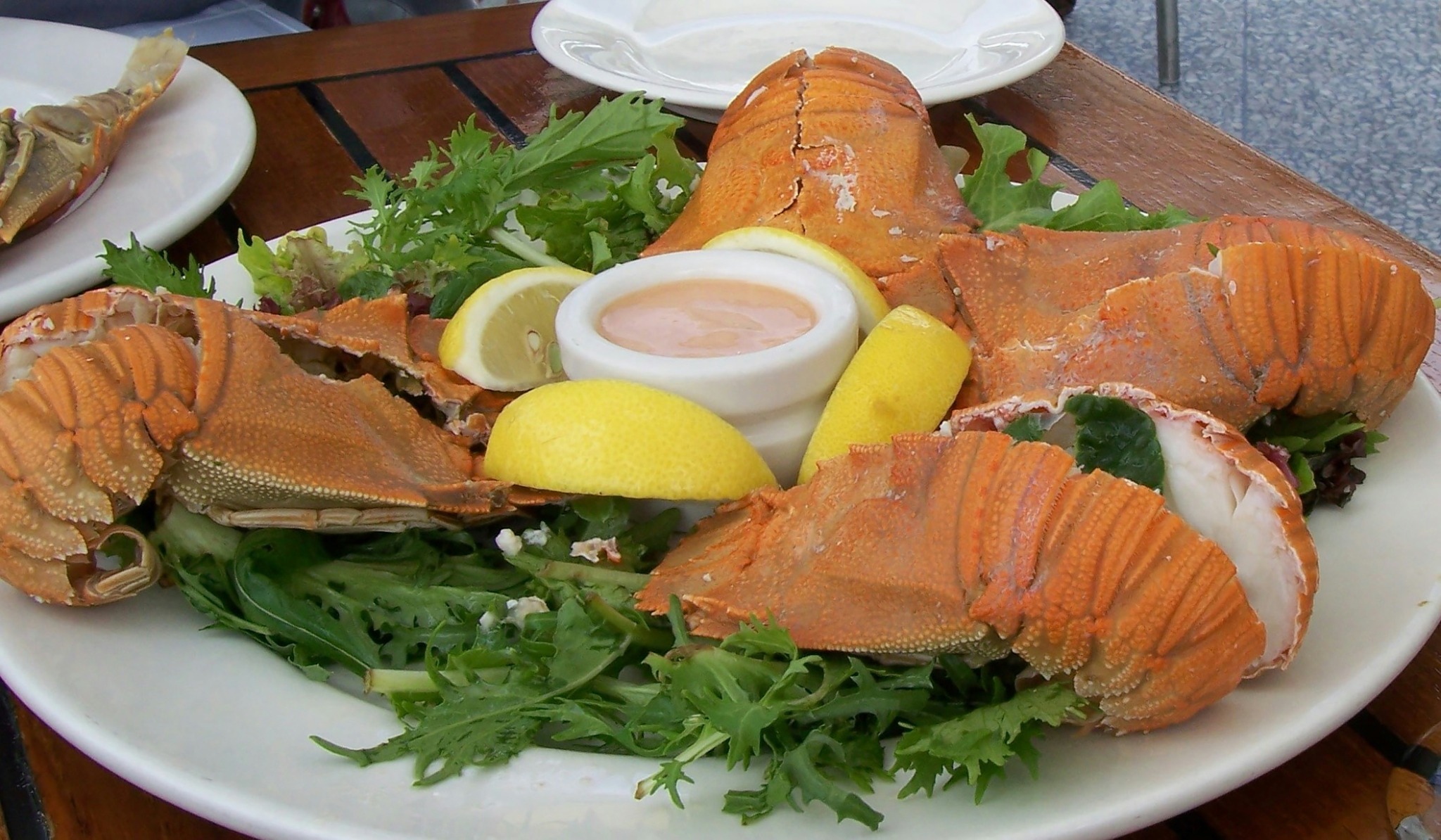
Crustacean Allergy
Crustaceans such as prawns, crab and lobster are among the most common food allergens worldwide. Even small amounts can trigger reactions, so careful management is essential.
Overview
A crustacean allergy is when the body’s immune system reacts to proteins in foods like prawns, crab, lobster and crayfish. Symptoms usually appear quickly after eating, though cross‑contamination is also a major risk. Many people who react to one type of crustacean will react to others.
Symptoms
Mild to moderate symptoms can include:
- Itchy rash (hives)
- Tingling or itching in the mouth
- Swelling of lips, face or eyes
- Stomach pain or vomiting
Severe reaction (anaphylaxis) can include:
- Airway: throat or tongue swelling, difficulty swallowing
- Breathing: wheeze, shortness of breath, noisy breathing
- Circulation: dizziness, faintness, pale clammy skin, collapse
Who is at higher risk?
- Previous serious allergic reaction
- Asthma, especially if poorly controlled
- Reactions to tiny amounts of crustacean
Treatment
Mild symptoms may be treated with antihistamines. If you are at risk of anaphylaxis, you should carry two prescribed adrenaline auto‑injectors (such as EpiPen® or Jext®) and know how to use them. In an emergency, call 999.
Avoiding crustaceans
If you have a crustacean allergy, you will usually be advised to avoid all types — cooked and raw — as their proteins are very similar. Always check food labels: by law, crustaceans must be highlighted in ingredient lists. Eating out carries a high risk of cross‑contamination, so let staff know clearly about your allergy.
Helpful Products
Some links may be affiliate. We only recommend products we believe in.
Important to know
- If you have symptoms after eating crustaceans, see your GP.
- If you are prescribed adrenaline auto‑injectors, carry two with you at all times.
- Tell restaurants and takeaways about your allergy every time.
- If you have asthma, make sure it is well managed — it can make allergic reactions worse.
